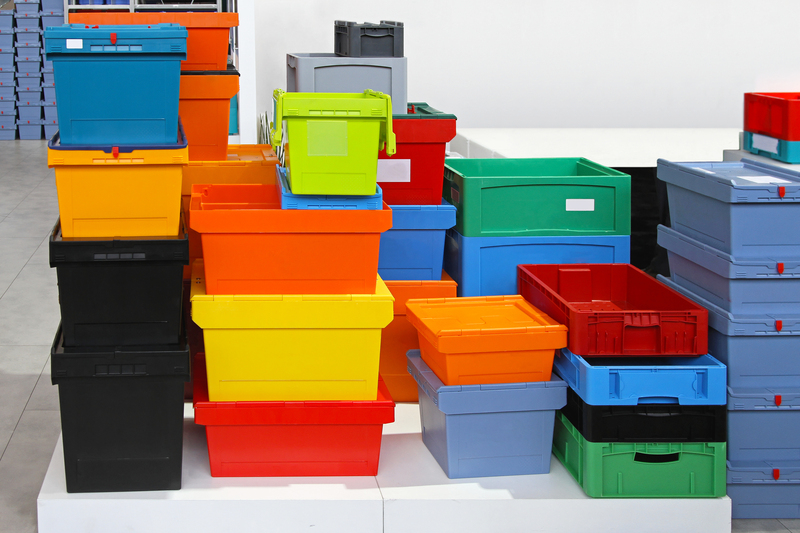Relocating with Plants: Care Tips for a Smooth Move
Posted on 29/03/2025
Moving homes is a task that requires meticulous planning, especially when you have precious greenery to take along. Plants, whether they are your prized indoor succulents or thriving garden shrubs, need special care during relocation. This comprehensive guide will provide detailed steps and tips for relocating with plants, ensuring they arrive at your new home healthy and thriving.
Preparing Your Plants for the Move
Before packing your plants, it's essential to ensure they are in the best condition for the journey. Here's how to prepare:
1. Prune and Trim: Remove dead leaves and excess branches to make the plant more manageable.
2. Water Appropriately: Water your plants adequately a few days before the move. Avoid overwatering on the moving day to prevent water-filled pots from becoming heavy and messy.
3. Inspect for Pests: Check for pests and treat any infestations well in advance to prevent spreading during transit.

Packing Plants for Safe Transport
Proper packing is crucial to protect plants from damage during the move. Follow these steps:
1. Small to Medium Plants: Place each in a sturdy box. Fill gaps with packing paper or bubble wrap to keep pots stable.
2. Large Plants: Wrap the pot in plastic to prevent soil spillage. For the top, consider using a plastic bag to protect foliage but ensure it's not completely sealed to allow air circulation.
3. Cacti and Succulents: As these are delicate, use bubble wrap around each plant and place them in individual boxes.
Choosing the Right Moving Method
Decide between DIY moving and hiring professionals based on your plant collection. Here's the breakdown:
- DIY Moving: Works well for small to medium-sized plants. Ensure temperature control and security during transit.
- Professional Movers: Ideal for larger collections or long distances. Make sure the moving company specializes in plant transportation.
Ensuring Plant Safety During the Journey
Traveling with plants requires vigilance:
1. Maintain Temperature: Keep the vehicle temperature consistent to prevent shock from sudden changes.
2. Secure Plants: Make sure pots and plants are secure to avoid tipping over during transit.
3. Minimal Sunlight: Avoid prolonged exposure to direct sunlight through windows, which can harm plants.
Unpacking and Setting Up in Your New Home
Finally, when you arrive:
1. Unpack Promptly: Remove plants from boxes as soon as possible.
2. Check for Stress: Look for signs of stress and water immediately if needed.
3. Acclimate Gradually: Introduce plants to their new environment slowly, allowing them to adapt without shock.
Pros and Cons of Relocating with Plants
Pros:
- Emotional Benefits: Maintains your attachment to beloved plants.
- Aesthetic Consistency: Keeps your home decor intact with existing plants.
- Environmental Benefits: Reduces waste by reusing and nurturing current plants.
Cons:
- Stress on Plants: Some plants may not survive the stress of relocation.
- Logistical Challenges: Adds complexity to the moving process.
- Potential Cost: Might incur extra expenses if professional movers are needed.
Tips for a Smooth Plant Relocation
- Label Boxes Clearly: Indicate which boxes contain plants for careful handling.
- Research the New Climate: Ensure your plants can thrive in the new location's climate.
- Keep Essentials at Hand: Have basic gardening supplies readily available for immediate setup.

Key Takeaways
Relocating with plants requires preparation, care during packing, and attention during transit. Choose the right moving method based on your plant collection and ensure proper acclimation in the new home. Pros include emotional and aesthetic benefits, while cons involve potential stress on plants and logistical challenges.
Conclusion
Relocating with plants is entirely feasible with thoughtful preparation and care. By following the outlined steps and tips, you can ensure your greenery arrives safely and continues to thrive in your new home. Happy moving!
Relocating with plants necessitates detailed attention to preparation, packing, and timely unpacking to minimize plant stress and ensure a healthy transition to your new home.




